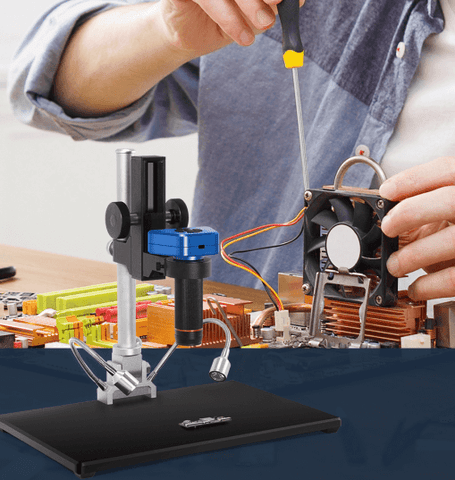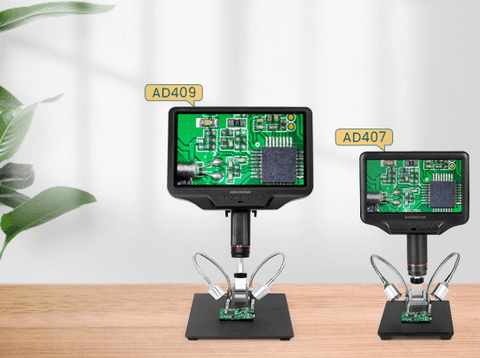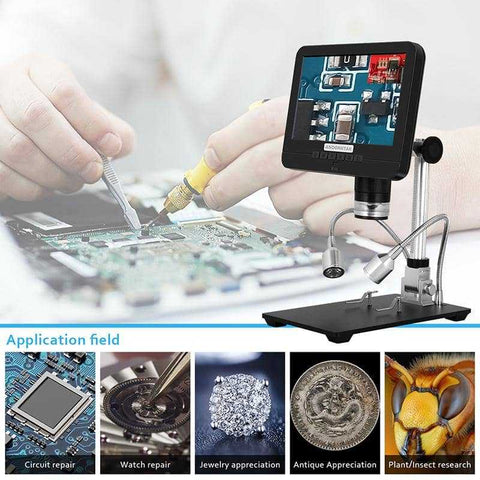
Digital microscopes are generally divided into two main categories, one is professional digital microscope, which has a camera inside the microscope and is integrated into the microscope. Digital microscopes are professional digital microscopes, where the camera is inside the microscope and integrated with the microscope, and professional digital microscopes, where the camera is outside the microscope and an imaging system is added. The peripherals needed are a digital camera, digital camera, analog camera and an adaptor connected to the microscope.

At present, most of the digital cameras used for microscopy are digital cameras (such as NIKON DSLR, G7, A650, etc.), i.e. cameras with non-removable lenses. This requires the addition of an intermediate lens between the microscope and the camera lens, so that the microscope image is formed in the focal plane of the camera--we call it a relay lens.
The quality of this lens directly affects the quality of the microscope image taken. In view of the current relay lens is not a uniform test standard, and there is no consensus between users and producers, it is difficult to identify good or bad. As a result, many manufacturers have emerged, and there are many different kinds of mirrors on the market. According to our many years of microscope work and our knowledge of digital photography, and comparing the pictures taken by various repeater mirrors at home and abroad, we have summarized several ways to distinguish the advantages and disadvantages of repeater mirrors, for your reference.

I. Image Size
It is generally believed that a repeater mirror is successful if it fills the camera's LCD screen with images, and is a qualified repeater mirror. The relay mirror can fill the screen is only a minimum standard, and some have to use up the camera's optical zoom in order to fill the screen, so the optical system of the relay mirror is defective.
II. Image color reproduction
The color reproducibility of the captured microscopic image is also a criterion for testing the repeater lens. A qualified repeater requires that the color of the photographed image be consistent with the color of the image observed by the microscope.

III. Depth of field of the image
Anyone who takes photographs knows that an image should be taken with a certain depth of field (except for artistic photographs). We all observe microscopic images with a certain level of depth. A qualified relay lens should have a depth of field not less than that of the microscope objective.
IV. Sharpness of the image
This is the most important index for testing the repeater lens. The so-called "sharpness" is what we usually call resolution, and the level of this index directly affects the quality of the microscope image taken.
In short, the ultimate criterion for identifying a repeater lens is to ensure that the image taken with a digital camera and the image quality observed in the microscope remain consistent to the greatest extent possible.
